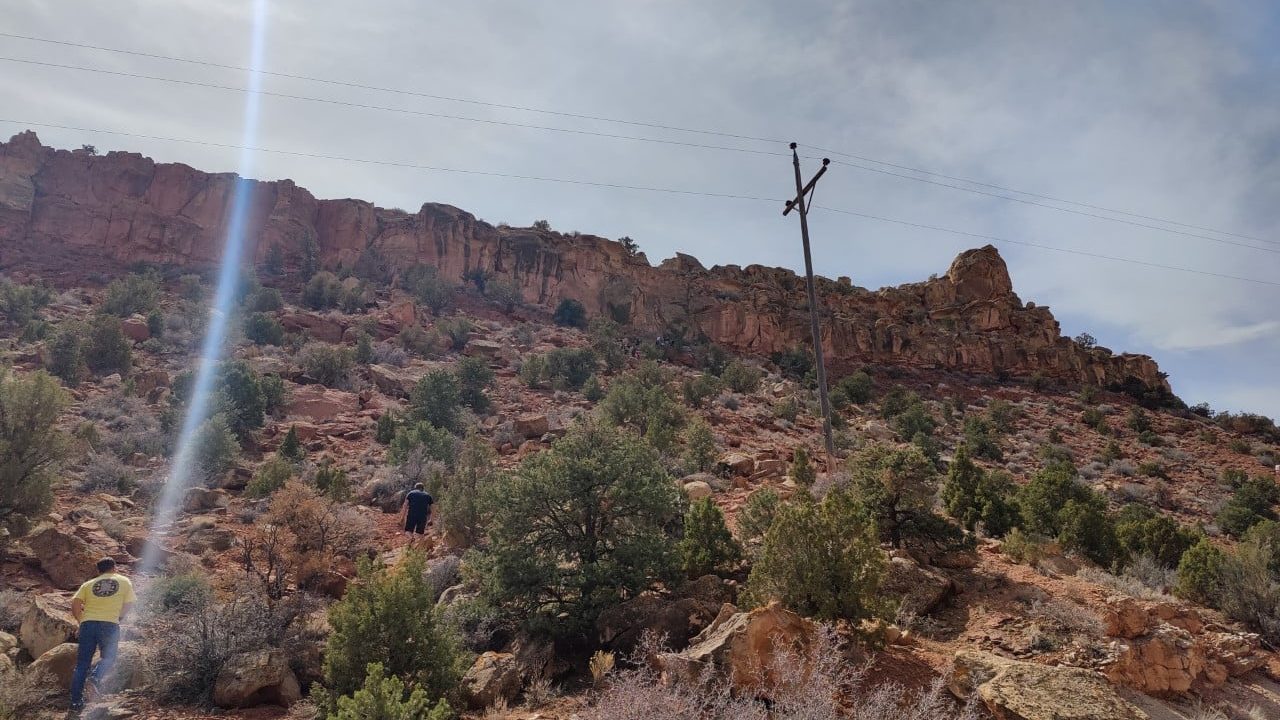Potential for rockslides, unstable cliff ledges affecting Utah outdoor safety
Mar 31, 2022, 5:01 PM

Bulls Head Cliff in Sevier County, Utah. Photo credit: Sevier County Sheriff's Office
SALT LAKE CITY — A hiker’s death in Sevier County and a rockslide that stopped traffic brought Utah outdoor safety into focus in the span of just a few days.
Both indicate the arrival of spring and that people should take caution when spending time outdoors in Utah.
“People need to be cautious, especially now,” Sevier County Sheriff Nathan Curtis told KSL NewsRadio.
Richfield is in Sevier County, and it wasn’t far from Richfield City that a woman fell to her death.
While hiking on March 27, Candice Thompson stepped onto the edge of a cliff known to locals as Bulls Head. She lost her footing when the rock came loose and died after falling as many as 100 feet.
Officials in Sevier County investigated the area after the fatal fall and later reported their findings. The deteriorated conditions of the rock, combined with winter weather and moisture were reported as contributing factors.
The Bulls Head area west of Richfield is made up of reddish sandstone, siltstone, and mudstone according to the Utah Geological Survey. All three are sedimentary rocks, but while sandstone is less prone to weathering, siltstone and mudstone are considered highly susceptible.
How to assure Utah outdoor safety
Federal, state, and local officials all monitor outdoor recreation areas in Utah. But the vast expanse of outdoor opportunities in the state means there may be periods of time when a particular area is unsafe.
“When hiking in spring, people need to be careful above and below the hiking area,” Curtis said.
He also said hikers should avoid walking on or near cliff edges at any time.
Salt Lake County Parks and Recreation is one of the agencies tasked with maintaining parks, trails, and open spaces. Liz Sollis, a community engagement officer with the agency, said they perform regular maintenance and safety inspections.
And they make a concerted effort, she said, to monitor the county’s most heavily used areas. But it is likely impossible for county officials to know about all of the potential dangers or areas that need attention.
In any case, whether outdoors on federal, state, or county-operated lands, if someone sees a problem that should be addressed, they are encouraged to contact officials who can address the problem.













